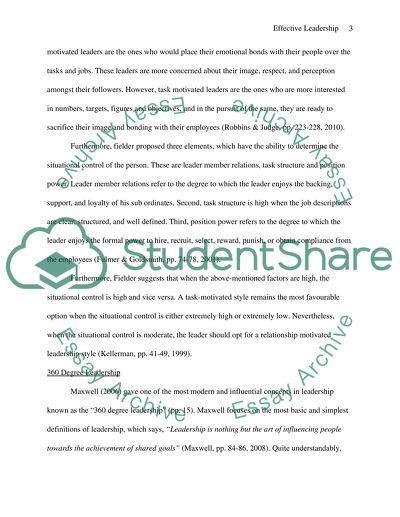Cite this document
(“Effective Leadership Essay Example | Topics and Well Written Essays - 1750 words”, n.d.)
Retrieved from https://studentshare.org/environmental-studies/1421762-effective-leadership
Retrieved from https://studentshare.org/environmental-studies/1421762-effective-leadership
(Effective Leadership Essay Example | Topics and Well Written Essays - 1750 Words)
https://studentshare.org/environmental-studies/1421762-effective-leadership.
https://studentshare.org/environmental-studies/1421762-effective-leadership.
“Effective Leadership Essay Example | Topics and Well Written Essays - 1750 Words”, n.d. https://studentshare.org/environmental-studies/1421762-effective-leadership.


